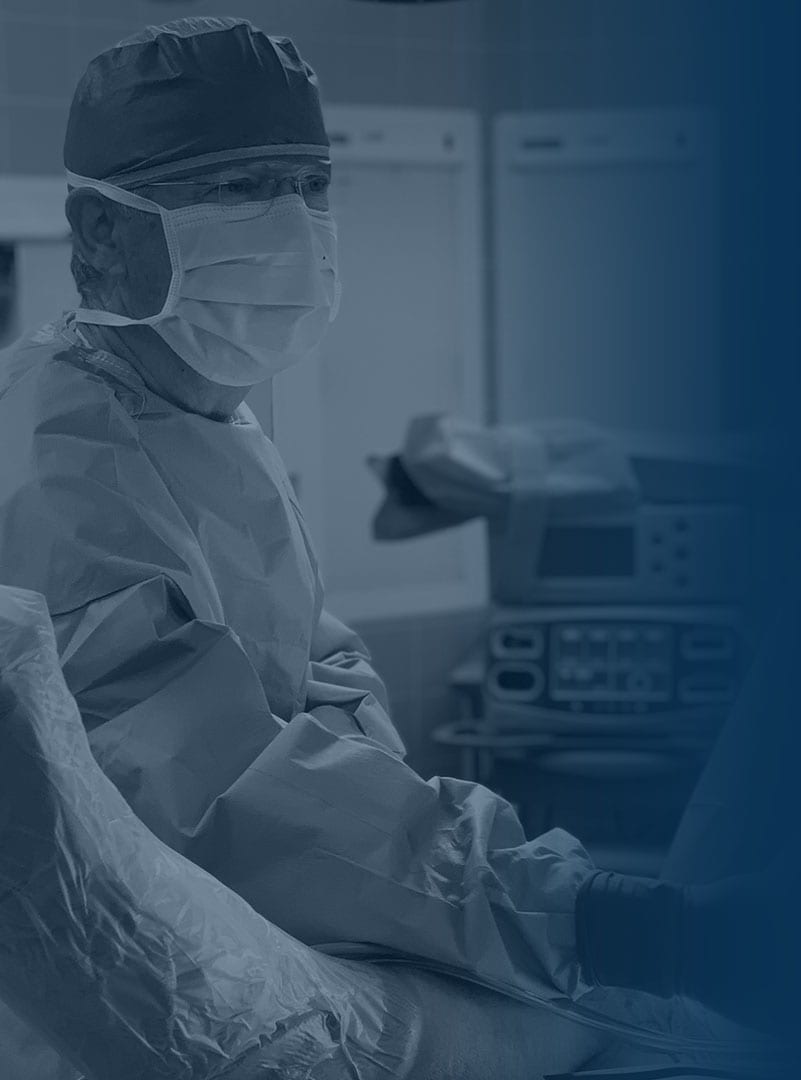
What is Osgood-Schlatter Disease?
Osgood-Schlatter disease is a common cause of knee pain in growing children. It is an inflammation of the area just below the knee where the tendon from the kneecap (patellar tendon) attaches to the shinbone (tibia).
How does Osgood-Schlatter Disease occur?
It usually occurs during growth spurts. The bones, tendons, and other structures of a child are changing rapidly, and the patellar tendon is located near the growth plate responsible for some of these changes.
What are the symptoms of Osgood-Schlatter Disease?
The most common symptoms of Osgood-Schlatter disease are knee pain, tenderness, swelling, and tight muscles in the front of the thigh. It is commonly seen with a large lump at the patellar tendon insertion on the tibia.
How is Osgood-Schlatter Disease diagnosed?
A history and physical exam will be performed. An X-ray of the knee will be done to help confirm the diagnosis and to rule out any other problems. This condition occurs in young people initially yet still manifests itself in adults and still can be symptomatic.
During the physical exam there is an enlarged, inflamed tibial tubercle that is tender with pressure, and the X-ray may show the patellar tendon disrupting the tibia bone’s surface.
How is Osgood-Schlatter Disease treated?
Our goal with treatment with young patients is to stop the pain and swelling. This can be done by rest with decreased activities follow by a strength conditioning program. A child may also be given stretching exercises and a non-steroidal anti-inflammatory medicine (NSAIDs) to take. Icing will help with pain and inflammation. Sometimes sports have to be limited for a period of time.
In rare cases, pain will persist into adulthood. If this occurs, surgery may be required to rid you of your pain. Painful bone fragments are debrided, removing the source of your pain.
This condition in children and adults can be very painful and limiting. It is easily treated commonly.
What is the recovery time for Osgood-Schlatter Disease treatment?
Most symptoms will go away once a child completes the growth spurt. Surgery is rarely needed. If you do require surgery, it can be done as an outpatient procedure. You will go home the same day and will be able to walk with crutches immediately. You will wear a knee brace for a 4-6 weeks. You may experience some post op pain which will resolve in a few months. Recovery can vary based on the severity of your condition and your general condition.
Most of our patients are able to recover with our custom-tailored home exercise program which you will do on your own three times a day. You will be evaluated at your 2-week post-op appointment and physical therapy may be recommended at that time as an option to help speed the recovery process.
We are here to help. If you believe you or a loved one is suffering from Osgood-Schlatter disease, we would love to deliver a diagnosis, get you treated and get you moving again.


